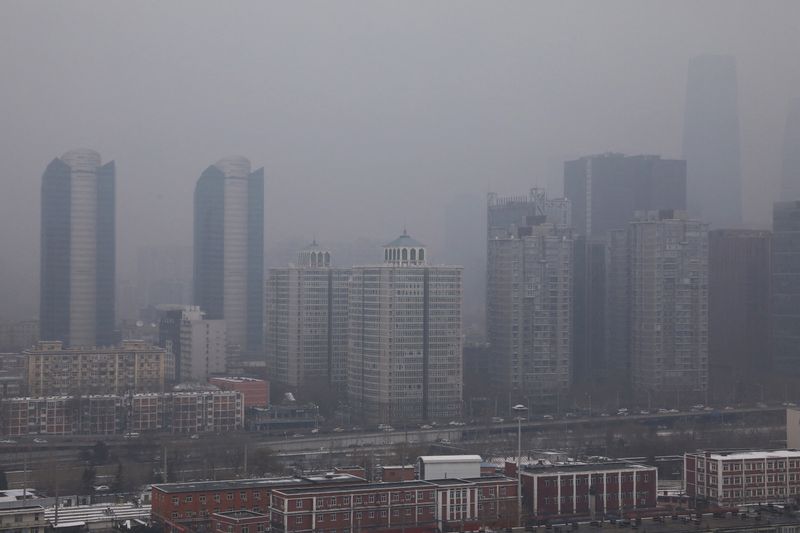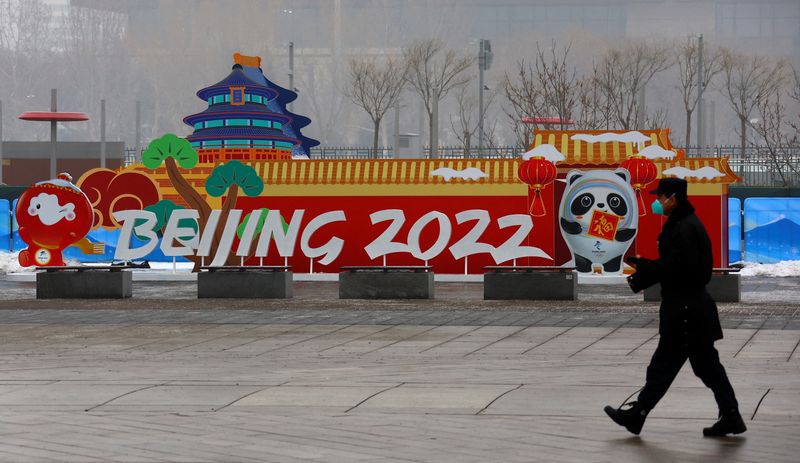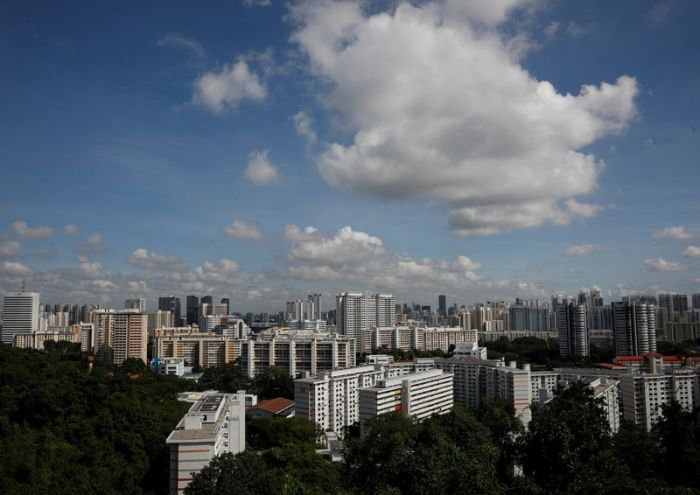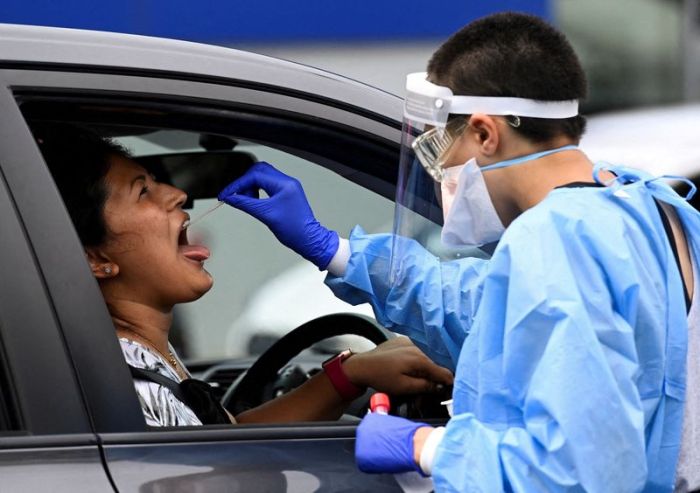(This story refiles to correct grammar in paragraph two.)
BEIJING (Reuters) – Chinese authorities will take action against polluters to ensure next month’s Winter Olympics will be held in a “good environment”, an environment ministry spokesman said on Monday, as particularly heavy smog shrouded the capital, Beijing.
The Feb. 4-20 Games will be held in Beijing and the surrounding province of Hebei, which are both prone to heavy smog, and Liu Youbin, spokesman for the Ministry of Ecology and Environment, warned that winter weather was “very unfavourable” for efforts to keep the air clean.
“Beijing and Hebei … (can) take necessary administrative measures during the preparation and staging of the Winter Olympics to adopt control measures against enterprises and vehicles with high pollution levels,” Liu told a regular briefing.
Since China won the bid for the Winter Olympics in 2015, authorities have tried to raise vehicle fuel standards, shut polluting firms and cut coal consumption in a bid to make the Games “green”.
But according to environment ministry data, concentrations of hazardous airborne particles known as PM2.5, a main measure of smog, stood at 205 micrograms per cubic metre in Beijing on Monday morning.
Liu said the two regions would act if there were warnings of heavy pollution during the Games but they would also try to minimise the economic impact of any measures, and would ensure full operations at companies involved in important sectors like energy or COVID-19 control.
Last year, Beijing’s average concentrations of PM2.5 fell 13% to 33 micrograms per cubic metre, meeting China’s 35-microgram standard for the first time.
The number still exceeds the official World Health Organization recommendation of 5 micrograms, and concentrations are significantly higher during the winter.
(Reporting by Muyu Xu and David Stanway; Editing by Kim Coghill, Robert Birsel)


























